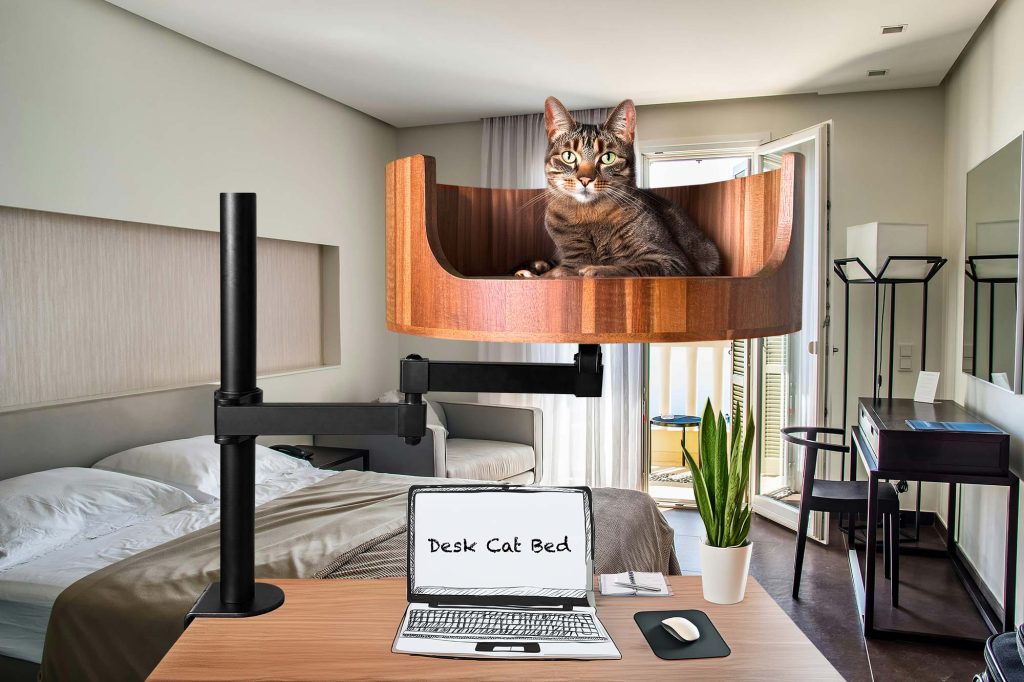Have you ever experienced the confusing and sometimes painful behavior of your cat licking you one moment, only to follow it up with a sudden bite? This common feline behavior can leave cat owners feeling puzzled and even frustrated. In this article, we will explore the reasons behind why cats exhibit this behavior, shedding light on their motivations and instincts. Understanding why your cat engages in this licking-then-biting behavior can help strengthen the bond between you and your beloved feline friend, leading to a more harmonious relationship.
From their wild ancestors to their current domesticated selves, cats have complex communication methods that can sometimes be misunderstood by humans. By delving into the reasons behind your cat’s licking-then-biting behavior, we can gain insight into their emotional state, social interactions, and even their health. Whether your cat is showing signs of affection, playfulness, or a desire for space, decoding their actions can lead to a deeper understanding of their needs and desires. Join us as we unravel the mysteries behind this common feline behavior and learn how to navigate your cat’s unique communication style with ease.
1. Cats lick then bite as a way to show affection or playfulness, mimicking how they would interact with other cats.
2. This behavior can also be a sign of overstimulation or feeling overwhelmed, prompting a defensive response.
3. Understanding your cat’s body language and cues can help you decipher their intentions when they engage in this behavior.
4. Providing your cat with appropriate outlets for play and attention can reduce the likelihood of them licking and biting.
5. Consulting with a veterinarian or animal behaviorist can help address any underlying issues contributing to this behavior.
Reasons for Licking Then Biting Behavior
Cats exhibit the behavior of licking then biting their owners for various reasons. One common reason is that they are showing affection. When a cat grooms you by licking, it is a sign of bonding and trust. However, sometimes this grooming can escalate into a bite, which may indicate overstimulation or excitement. Another reason could be a form of communication. Cats have different ways of communicating with their owners, and licking then biting could be their way of trying to tell you something. It could also be a form of play behavior, where the cat is engaging in a fun interaction with their owner.
Understanding Body Language
To better understand why your cat may be licking then biting you, it is essential to pay attention to their body language. Cats may give subtle cues before they escalate into biting behavior. Look out for signs of flicking tail, dilated pupils, flattened ears, or tense body posture, as these may indicate that your cat is getting overstimulated or agitated. Understanding your cat’s body language can help you anticipate their behavior and respond appropriately to prevent any biting incidents.
Training and Socialization
If your cat’s licking then biting behavior becomes a concern, it may be helpful to engage in training and socialization activities. Positive reinforcement training can help teach your cat appropriate behaviors and redirect their biting tendencies. Additionally, providing enrichment activities and socialization opportunities can help reduce stress and anxiety in cats, leading to better behavior. Consulting with a veterinarian or animal behaviorist can also provide valuable insights and guidance on how to address this behavior in your cat.
Frequently Asked Questions
Why does my cat lick then bite me?
Cats often exhibit this behavior as a form of affection or communication. Licking is a way for cats to show affection, similar to how a mother cat grooms her kittens. The biting that follows may be a playful or assertive behavior, or it could be a way for your cat to communicate that they have had enough attention.
Is it normal for cats to lick then bite?
Yes, it is quite common for cats to exhibit this behavior. It is important to observe your cat’s body language and cues to determine the reason behind their actions. If the behavior is not aggressive or causing harm, it is likely a normal part of your cat’s communication.
How can I prevent my cat from licking then biting me?
One way to prevent this behavior is to pay attention to your cat’s body language and signals. If you notice that your cat is becoming over-stimulated or irritated, give them space and avoid further interaction. Additionally, providing enrichment and playtime for your cat can help redirect their energy and prevent them from resorting to licking then biting.
Should I be concerned if my cat licks then bites me?
If the behavior is not aggressive and does not cause harm, there is likely no need for concern. However, if the behavior becomes aggressive or causes injury, it may be helpful to consult with a veterinarian or animal behaviorist to address any underlying issues.
In conclusion, if you’re wondering why your cat may be exhibiting licking then biting behavior, providing a comfortable and safe space for your feline friend can make a big difference. The Desk Cat Bed offers a cozy and secure spot for your cat to relax and feel at ease, reducing potential stressors that may lead to this behavior. With its plush cushion and enclosed design, this cat bed provides the perfect retreat for your pet to unwind and feel content, ultimately fostering a stronger bond between you and your furry companion. Choose the Desk Cat Bed for a happier and healthier relationship with your cat.


